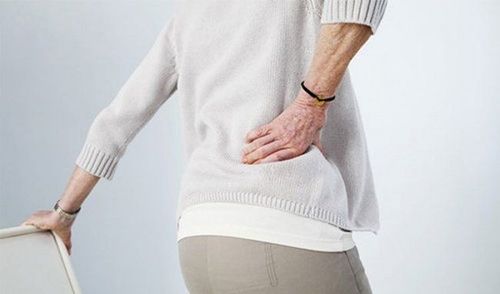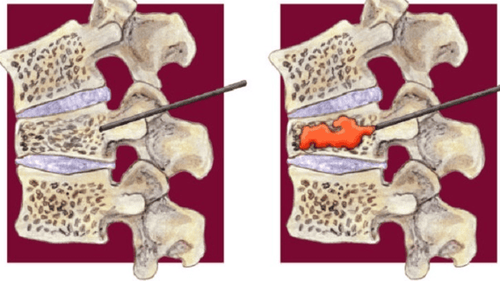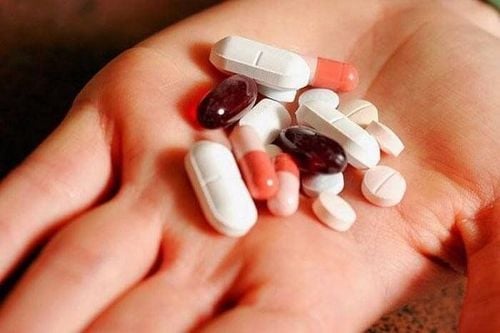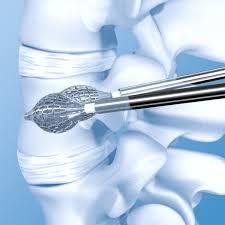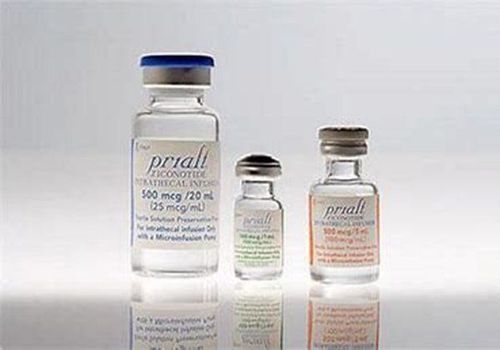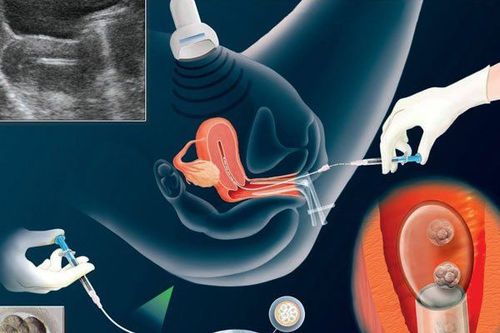This is an automatically translated article.
Posted by Doctor CKII Hoang Thi Hien - Department of Examination - Vinmec Times City International Hospital
Distinguishing the signs and symptoms of sensory (mechanical) pain from neuropathic (etiological) pain is an essential first step in diagnosing acute low back pain. There is a wide range of potential causes for both adults and children. The etiology varies depending on the patient population, but is most commonly mechanical or nonspecific.
1. Overview of acute back pain
Back pain is one of the most common causes of patient visits to both primary care settings and the emergency department. An estimated $200 billion is spent annually on low back pain management (author Vincent E. Casiano).
There is a wide range of potential causes for both adults and children. The etiology varies depending on the patient population, but is most commonly mechanical or nonspecific. Not all back pain is low back pain or paraspinal hypertonia. Up to 90% of back pain is due to mechanical causes.
Mechanical back pain is both common and has a high incidence. Only about 10% of the rest are low back pain accompanied by neurological signs such as: equina cauda syndrome (cauda equina syndrome), vertebral collapse or central or unilateral spinal stenosis causing acute compression, inflammation ankylosing vertebrae of the back. In addition, a small percentage is related to trauma or malignancy causing spinal fracture or acute compression of nerves and spinal cord (1-2%).
Need to differentiate acute back pain from inflammatory disorders, malignancy, pregnancy, trauma, osteoporosis, nerve root compression, diffuse myopathy, plexus disease, degenerative disc disease, herniated disc, spinal stenosis, sacroiliac joint dysfunction, facet joint trauma, and infection.
Distinguishing the signs and symptoms of sensory (mechanical) pain from neuropathic (etiological) pain is an essential first step in diagnosing low back pain. Special tests such as the straight leg raise or the Patrick's test may be used to help distinguish the source of a patient's acute low back pain.
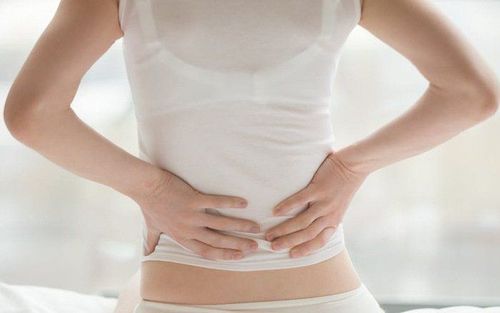
2. Causes of acute back pain
2.1 Spinal pain due to mechanical causes Common causes are muscle tension, excessive stretching of paraspinal ligaments; degenerative disc disease of the spine; lumbar disc herniation; spondylolisthesis, vertebral body deformity (lumbar fusion 5, lumbar fusion 1...), primary osteoporosis... This type is benign, accounting for 90% of spine pain cases. belt.
2.2. Lumbar spine pain due to a systemic disease Lumbar spine pain is a symptom of one of the chronic joint diseases (ankylosing spondylitis, rheumatoid arthritis, osteoporosis); or injury to the spine due to an infectious cause (vertebral discitis caused by tuberculosis bacteria or pyogenic bacteria); due to cancer; due to other causes (kidney stones, duodenal ulcer, abdominal aortic disease, prostatic hyperplasia...), spinal cord injury due to trauma...
3. Diagnosis of acute low back pain
Diagnosis is based on clinical symptoms. The cause of low back pain must be diagnosed, and this is not always easy. Evidence for definite diagnosis of “mechanical low back pain” is as follows:
Pain in the lumbar spine region, mechanical type (with rest). Recently, the general condition has not changed, no fever, no functional disorders of any organs (stomach, intestines, obstetrics and gynecology, broncho-pulmonary...) have appeared. ; no other symptoms of pain in the spine: back, neck, ribs, other joints... Tests for signs of inflammation and phospho-calcium bilan were negative. X-ray of the lumbar spine is normal or has degenerative symptoms. If one or more of the above symptoms are abnormal, the more "symptomatic" low back pain is suspected and the cause needs to be investigated. Depending on the suggested cause, the corresponding tests are indicated. Note: Low back pain due to a systemic disease: In case lumbar spine pain is a symptom of a systemic disease, the patient often has other accompanying symptoms such as: Fever, signs of infection often caused by an infection; thinness, rapid weight loss, increasing pain, unresponsiveness to common anti-inflammatory drugs and analgesics are symptoms suggestive of a cancer etiology; case of increasing severe low back pain accompanied by signs of shock, ischemic blue skin should suspect abdominal aortic dissection... When there are signs indicating a systemic disease related to pain In the lumbar region, doctors need to guide patients to specialized facilities to perform tests and in-depth exploration to find the cause.
Some cases have psychological causes: Signs of low back pain appear after stress caused by psychological pressure or excessive physical work, then turn into chronic persistent low back pain. However, the physician needs to rule out a physical cause of low back pain before diagnosing pain with a psychological cause.
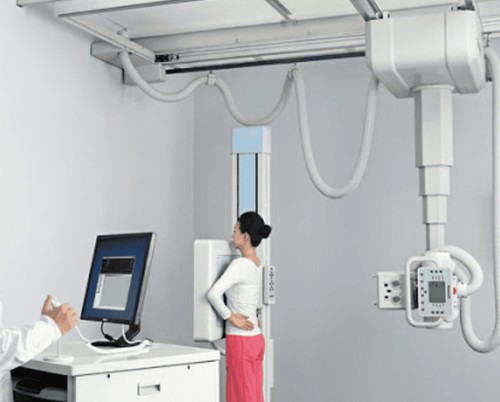
4. What to do when having acute back pain?
If you experience acute back pain, note a few things to do:
Lie motionless, limit movement as much as possible. Pause the physical activity you are doing, possibly even your job. Apply cold to the painful area (avoid directly on the spine). Applying cold in the first 72 hours will help reduce edema, swelling, and inflammation. Absolutely do not apply heat, apply hot oil (increases blood flow, causing inflammation and swelling). Lying on a firm mattress, you can wrap a small towel under your neck or back depending on the location of the pain. Avoid using stimulants (tea, coffee, alcohol) and limit excessive protein intake. Visit early if there are no signs of improvement, avoid visiting untrusted healers. Priority will be given to official medical examination facilities with scans and diagnostic imaging.
5. What to Avoid After Acute Back Pain
Muscle tension: The muscle groups in the back, thighs or neck can be quite sensitive and more prone to tension than usual. Pay attention to them, if there are signs of stiffness, stop all physical activities, slowly relax your muscles with simple exercises or movements (you can use a soft muscle relaxer) After a hard working session or Strenuous exercise: Given the underlying medical condition, strenuous exercise or strenuous sports may be the basis for the return of acute low back pain. Remember to warm up and stretch before and after exercise. Ice can be applied right at the end of each session or at the end of the day Sudden movements of movement: It is necessary to avoid sudden movements when the muscle system, the motor system is not ready, always be aware that there is a problem and extreme weather changes: Unusual weather changes, especially when it turns cold or drizzly can bring back these back pains. Keeping the body warm, preparing in advance for weather changes is a must to avoid putting yourself in a passive position. Don't be subjective with transient pain: For some people, small, fleeting pain is the body's signal before severe pain, so you should not ignore the small signals this.
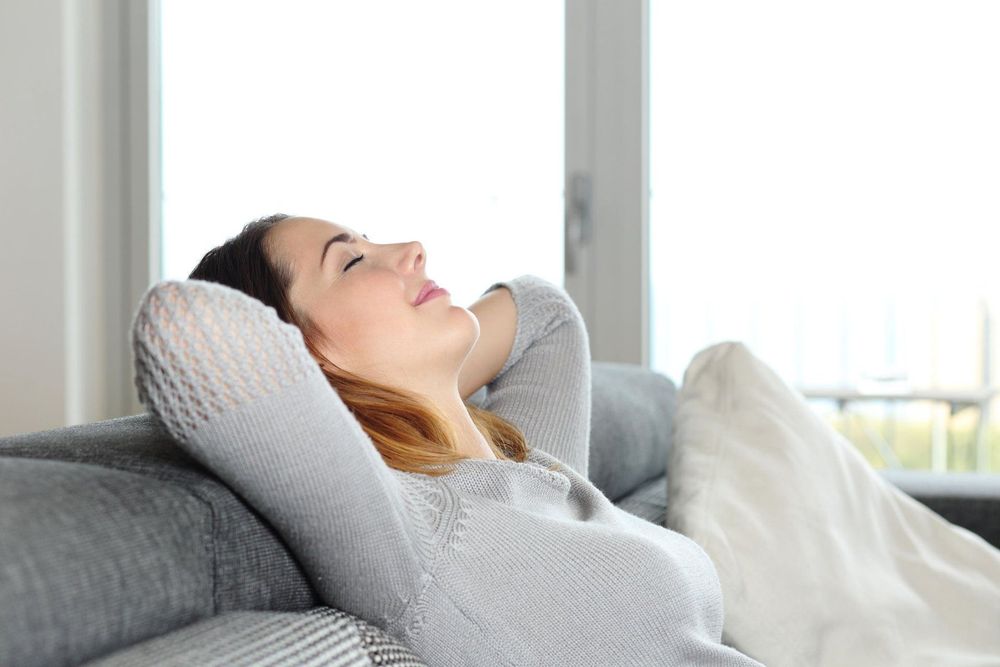
6. What to do to help treat the pain
Being aware of your medical condition has been a great step forward in disease prevention and avoiding “Acute Back Pain Returns”. In addition, the patient can also do the following daily:
Practice appropriate sports and exercise: It can be difficult to say which sport is appropriate or what intensity will be appropriate in general. . For each individual, it is necessary to find a favorite sport and exercise as well as find the right intensity for them. Make it a habit. Stretching: Warm-up or stretching is essential before and after exercise. Even if you don't participate in sports, finding the right stretching exercises (especially back muscles, hamstrings, neck and shoulders) is a must. That will help you have a flexible muscle system, well adapted to the changes of the body. Diet, active life: Maintaining a positive diet or thinking is always a tonic for all diseases. Maintain a healthy body weight with a body mass index (BMI) less than 25 kg/m2. Patients of all ages should avoid smoking as it increases the incidence of back pain in all ages. Although you are always aware of this pathology, that does not mean that you do not have the right to be optimistic. There have been many patients maintaining and living with herniated discs. Their key is to limit the recurrence of “acute back pain”. Periodic examination: Regularly check and update your medical situation. Monitor new developments, if any, to promptly adapt and adjust Vinmec International Hospital with a system of modern facilities, medical equipment and a team of experts and doctors with many years of experience. In medical examination and treatment, patients can completely rest assured to examine and treat acute back pain at the Hospital.
Please dial HOTLINE for more information or register for an appointment HERE. Download MyVinmec app to make appointments faster and to manage your bookings easily.
References:
Vincent E. Casiano; Alexander M. Dydyk; Matthew Varacallo. Chou R, Qseem A, Snow V et al; "Diagnosis and treatment of low back pain: a joint clinical practice guideline from the American College of Physicians and the American Pain Society"; Ann Intern Med 147 (7), 2007, p478–91. Manual for the diagnosis and treatment of musculoskeletal diseases of the Ministry of Health. SEE MORE
Lower back pain: Causes, treatment of Acute LACK PAIN- new treatment strategies Chronic pain relief: New treatment





